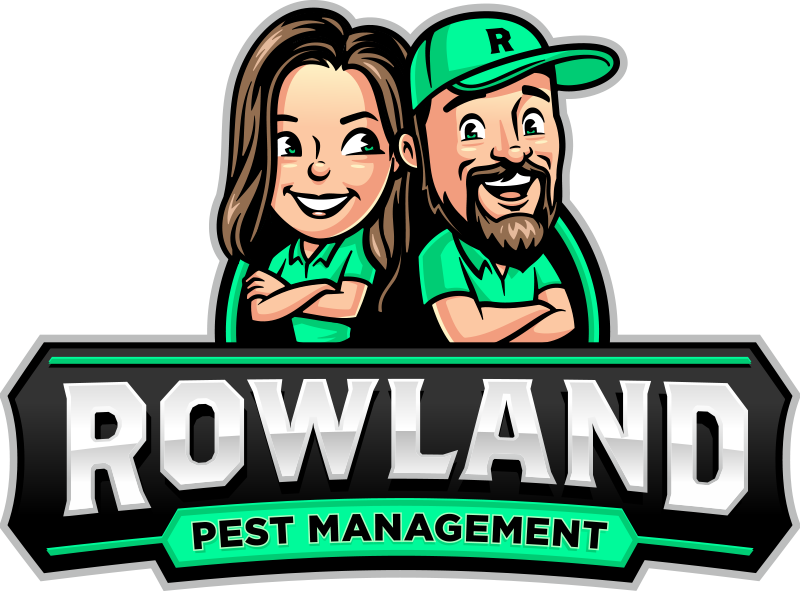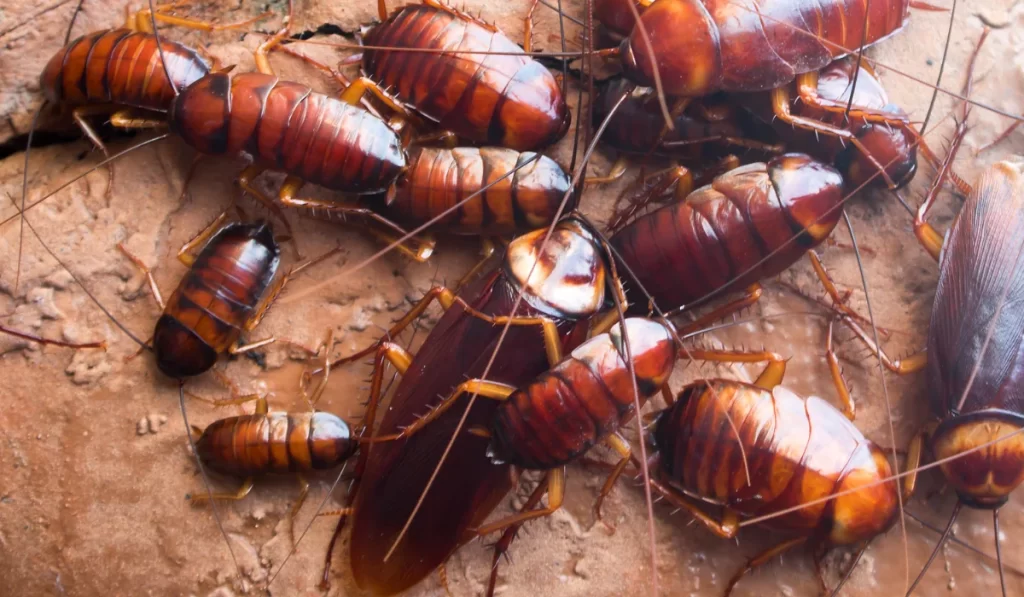Florida’s warm, damp environment is a haven for bugs, especially ones that look like cockroaches. If you’ve ever spotted a dark brown critter darting across your floor and assumed it was a roach, you’re not alone.
But the truth is, not every bug that looks like a cockroach is one.
In this article, we’ll break down five common bugs in Florida that are often mistaken for types like the palmetto bug. We’ll also go over what steps to take when you find these roach-like critters in or around your home, including when it’s time to call a professional.
Key Takeaways
- Some Florida bugs may look like cockroaches, but do not carry health risks or cause indoor infestations.
- Crickets, beetles, June bugs, earwigs, and carpet beetles are often confused with the common cockroach species by homeowners.
- Checking for signs like egg cases, sealing entry points, and reducing moisture helps prevent pest issues inside.
- A licensed pest control expert can correctly identify the bug and safely treat active or potential infestations.
1. Crickets
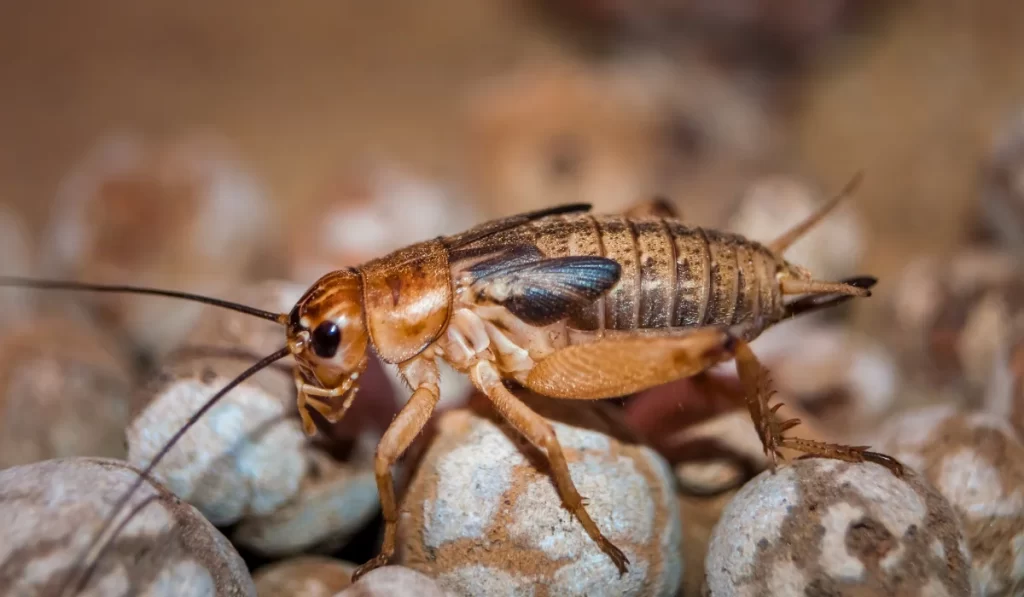
Crickets are frequent roach lookalikes, especially in basements and crawl spaces—two areas where Floridians often find signs of a cockroach infestation.
Their long hind legs make them jump, but at a glance, they resemble small species of cockroaches like the brown-banded cockroach. Their dark brown color and darting motion easily fool homeowners, especially in damp areas.
2. Ground Beetles
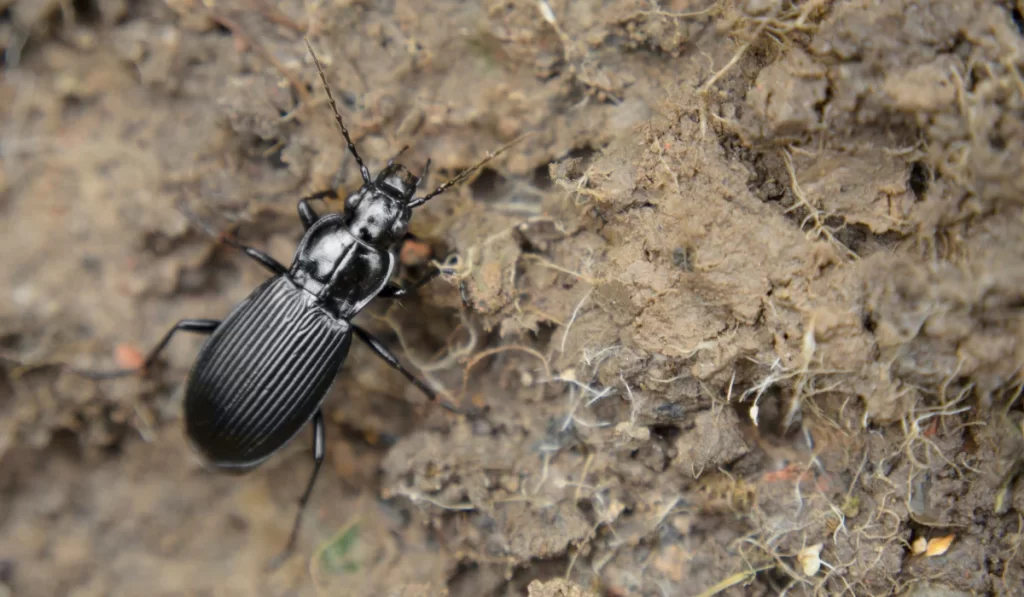
These beetles often alarm people because of their shiny exoskeleton and long antennae, which look like those of the oriental cockroach. You’ll usually find them outside in mulch, near woodpiles, or underneath debris.
Ground beetles prefer outdoor habitats and won’t infest your home, but they’re often confused for indoor types of cockroaches due to their size and coloring.
3. June Bugs
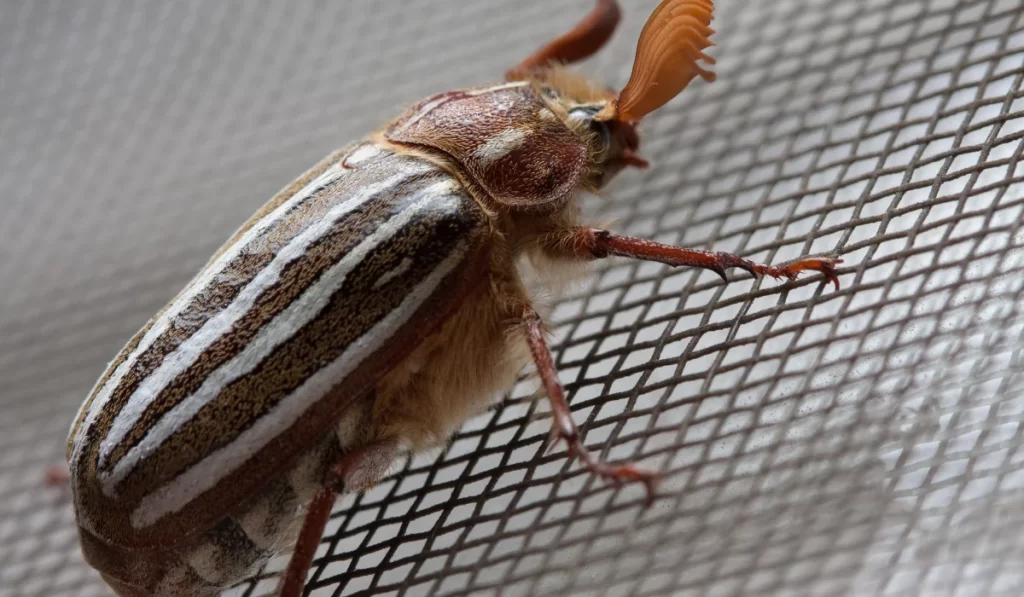
June bugs are a common summertime bug in South Florida. With a reddish-brown shell and clumsy flight patterns, they often get mistaken for the American cockroach.
While they don’t belong to the same species of cockroaches, their large size and clumsy behavior near lights confuse many. Unlike water bugs or cockroaches, they won’t hide in entry points or feed on pet food.
4. Earwigs
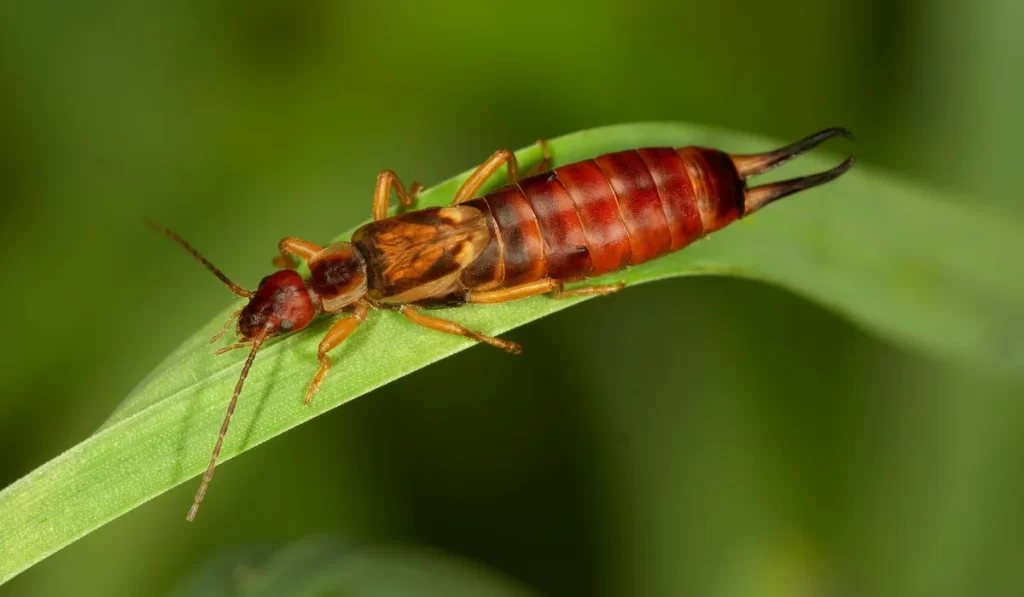
Earwigs have long antennae and a slim body, resembling young nymphs of the smoky brown cockroach. They hang around damp areas like under bathroom sinks, outside near air conditioning units, or under potted plants.
While they may look alarming, they don’t carry the same health risks as roaches. Cockroaches are known to spread foodborne germs like Salmonella, E. coli, and staph. These bacteria can contaminate surfaces or food and make people sick.
5. Carpet Beetles
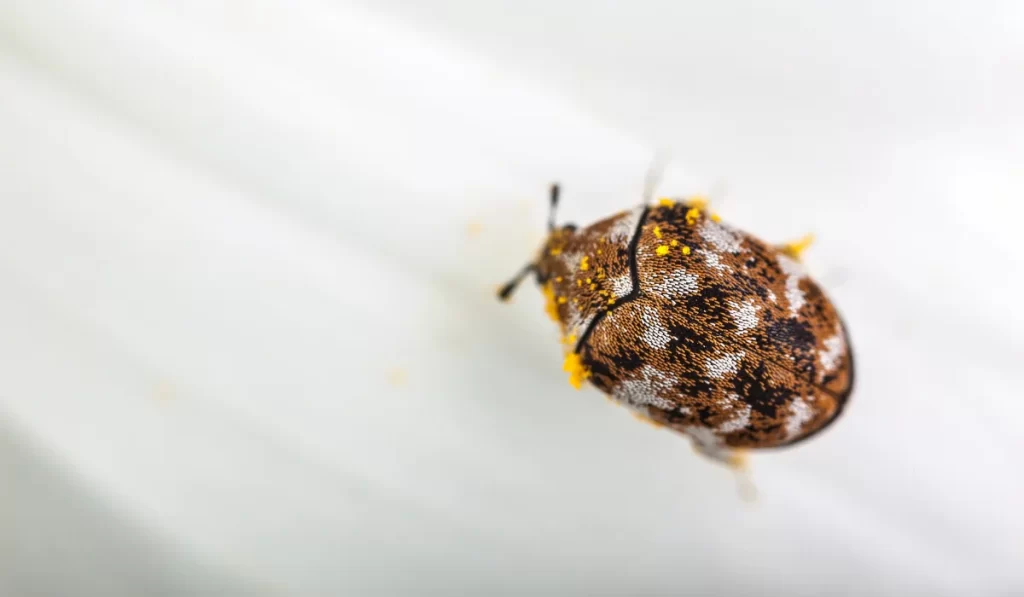
Carpet beetles may not look exactly like a common cockroach, but their small, rounded shape and dark coloring often lead people to think they’re German cockroach nymphs. You might see them near baseboards, pantries, or on clothing.
Though they won’t bring a roach infestation, they can still cause damage to fabric and stored goods. And unlike roaches, they don’t leave behind an egg case or ootheca that’s visible.
What to Do If You See a Roach Lookalike
If you’re seeing a bug and can’t tell if it’s a cockroach or something else, don’t panic. There’s a smart way to handle it, especially here in Florida, where plenty of lookalikes are crawling around. Here’s what you should do next:
Identify the Bug Before You Act
Some bugs might remind you of a Florida woods cockroach, while others just resemble a smaller version of a palmetto bug.
Take a picture or catch the insect safely. Roach nymphs, for example, can look drastically different from adults. Identifying the bug properly can help you avoid unnecessary treatments and focus on the right solution.
Inspect Your Home for Signs of Infestation
Even if the bug you saw wasn’t a cockroach, it’s worth checking for signs.
Look near entry points like windows, doors, and plumbing gaps. Be on the lookout for an ootheca (the egg case left by cockroaches), droppings, or shed skins.
If your home smells musty or you’ve seen bugs around your pet food, it could point to an active cockroach infestation.
Reduce Moisture and Close Off Access
Excess moisture invites pests, including roaches and their lookalikes. Fix any leaks, especially around basements and bathrooms.
Outdoors, keep palmetto trees trimmed and remove excess mulch around your home’s foundation. Seal cracks in siding, window screens, and garage doors.
Proper pest prevention starts by cutting off access to your home.
Avoid Relying on Sprays Alone
Store-bought sprays may offer temporary relief, but usually don’t resolve the core issue. Roaches, especially German cockroaches, adapt quickly and can develop resistance.
At Rowland Pest Management, we tailor our pest control treatments based on the exact species of cockroach or pest, using baits, monitoring, and exclusion methods designed to prevent reinfestation.
Know When to Call In a Professional Pest Control
If you’re unsure what’s in your home—or just want peace of mind—call a licensed exterminator. We offer next-day pest control services across Central Florida.
From identifying bugs to complete cockroach control, our technicians ensure your space is safe and pest-free. We even handle other pest issues like termites and bed bugs, should the need arise.
If you’re in Central Florida and want your home to be pest-free, give us a call.
We’re ready when you are.
Frequently Asked Questions
Beyond what we’ve already covered, there are a few more questions homeowners in Florida often ask about roach lookalikes. Here are answers to some questions that might be on your mind.
Can bugs that look like cockroaches cause allergic reactions like roaches do?
While cockroaches are known to trigger allergies and asthma, most lookalike bugs, such as beetles or crickets, are less likely to cause health reactions unless infestations become severe or long-term.
How can I tell if a cockroach-looking bug is dangerous to my pets
Most lookalike bugs aren’t toxic, but pets may try to eat them. It’s best to prevent access, especially since some bugs carry bacteria or may cause mild digestive upset when ingested.
Why do these lookalike bugs keep showing up around my outdoor lights at night?
Many of these bugs, including June bugs and ground beetles, are attracted to artificial light sources. Keeping outdoor lighting dim or using yellow-tinted bulbs may help reduce their nighttime presence.
